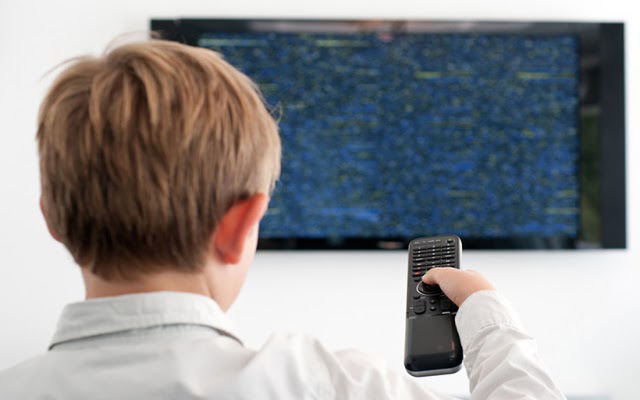Quck answer
A remote control is a device used to operate electronic devices wirelessly. It works by transmitting signals in the form of infrared light or radio waves to the device it is controlling. The remote control has buttons that correspond to specific functions of the device, such as power on/off, volume control, and channel selection. When a button is pressed, the remote control sends a signal to the device, which then carries out the desired function. This communication between the remote control and the device is made possible through the use of sensors and receivers in both devices.

Have you ever had elderly parents or relatives tell you about how much more challenging their lives were in the past? You may have heard stories of having to walk to and from school, uphill, in a foot of snow!
Before you disregard these stories as mere legends, take a moment to consider that life a few decades ago might indeed have been more difficult than it is today. For instance, decades ago, your older parents and relatives couldn’t simply search for the answer to any question they had on Google.
Instead, they had to conduct research using physical books! Can you imagine? If that impresses you, you’ll be even more astonished by how different it was to watch television. In addition to having only a few channels instead of hundreds, they also had to physically walk across the room to turn a knob on the television set if they wanted to change channels!
Nowadays, all you need to do is press a button on the remote control to switch between hundreds of channels. In fact, many of the things you use daily can probably be controlled remotely. From garage door openers and toy cars to lights and stereo equipment, it’s easier than ever to control things from a distance.
How does all this remote control technology work? Is it magic? No! It’s science applied to technology to make our lives easier and more convenient.
Remote control technology has actually been around for a long time. During both World War I and World War II, radio-frequency devices were used to remotely control boats and explosive devices. Eventually, scientists discovered how to incorporate that technology into various electronic devices.
Today, remote control devices are usually based on one of two main types of technology: infrared (IR) technology or radio frequency (RF) technology. Let’s explore how these types of technology allow you to control devices from a distance.
When it comes to televisions and home theater devices, the dominant technology tends to be infrared. An IR remote (also known as a transmitter) uses light to transmit signals from the remote to the device it controls. It emits pulses of invisible infrared light that correspond to specific binary codes.
These codes represent commands, such as power on, volume up, or channel down. The controlled device (also known as the receiver) decodes the infrared pulses of light into binary code that its internal microprocessor understands. Once the signal is decoded, the microprocessor executes the commands.
IR remotes use LED lights to transmit their infrared signals. This results in a few limitations of the technology. Since light is used to transmit the signal, IR remotes require a direct line of sight, meaning there must be an open path between the transmitter and receiver. This means that IR remotes do not work through walls or around corners. They also have a limited range of about 30 feet.
Radio-frequency remotes work in a similar manner. Instead of using infrared light, however, they transmit binary codes to a receiver via radio waves.
This gives RF remotes a much greater range than IR remotes. RF remotes can work at distances of 100 feet or more. This makes them useful in applications such as garage door openers and car alarms. RF remotes are also now being used with some modern satellite television systems.
RF remotes, unlike IR remotes, have their own set of problems. While the range is significantly better, interference can be an issue due to the abundance of radio waves in our environment. Radio signals from wireless internet and cell phones can cause interference for RF remotes.
To overcome this problem, many RF remotes transmit at specific frequencies and include digital address codes in the radio signals. This ensures that the receiver only responds to the correct signals.
Give It a Try
Now it’s time to take control and explore! Engage in the following activities with a friend or family member:
- If you want a visual representation of what you learned in this Wonder, watch the informative video on how remote controls work on PBS Kids’ website. Invite a friend or family member to watch it with you!
- Take a walk around your house and count how many remote controls you can find. You probably have one for your TV and DVD player, and maybe even some for toys and other electronic devices. Compare the different remotes and note their similarities and differences. Do you own a universal remote or use remote control apps on your smartphone?
- Imagine life without remote controls. Challenge yourself to go a whole day without using one. Can you figure out how to operate all your electronic devices using just their buttons? How easy is it to access the features you want? Do you get tired of constantly getting up to change channels and press buttons?
Sources of Wonder
- http://electronics.howstuffworks.com/remote-control.htm
- http://www.explainthatstuff.com/remotecontrol.html





Leave a Reply